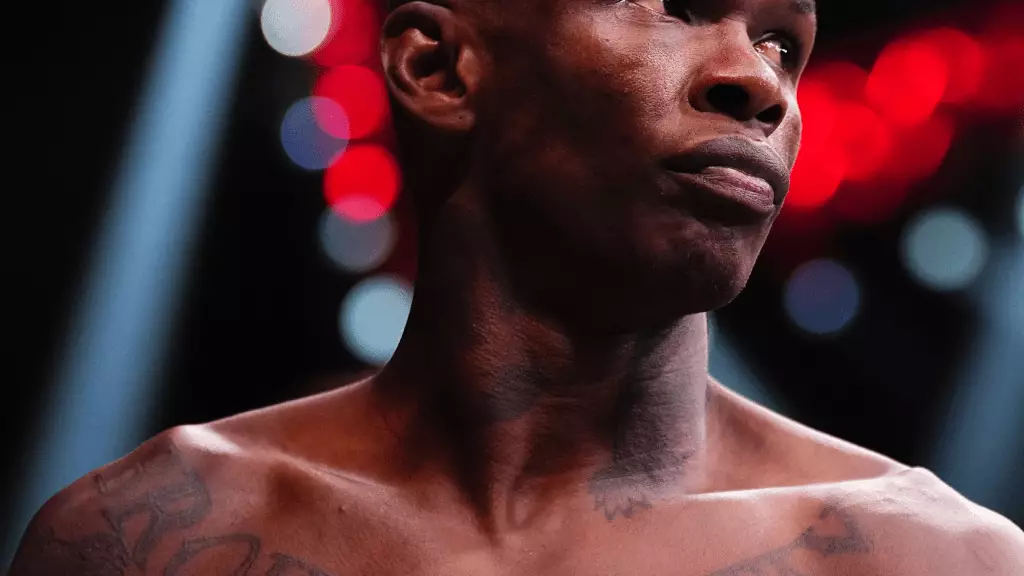Israel Adesanya’s career has been one of the most captivating narratives in mixed martial arts (MMA). Once a dominant figure in the UFC, with an impressive record and a series of successful title defenses, his recent string of losses has shocked fans and analysts alike. Adesanya’s triad of defeats, culminating in a knockout by Nassourdine Imavov at UFC Fight Night 250, has raised questions about the trajectory of elite fighters as they navigate the peaks and valleys of their careers.
Adesanya’s record of 24 wins against 5 losses shadows what was once a brilliant ascent but now highlights an alarming trend. Former fighters and pundits, such as Din Thomas, note that these types of losing streaks often plague even the most talented athletes as they near the twilight of their careers. This phenomenon begs the question: what leads to the decline of fighters who once stood invincible?
The pressure that comes with being at the pinnacle of the sport is immense. Adesanya’s five successful title defenses established him as the UFC middleweight champion, yet such heights also create an environment where each loss becomes exponentially amplified. Thomas explained that for top fighters, the scrutiny from both fans and media is relentless. As they paint their legacies, a single misstep can taint years of hard work and achievement.
While many may romanticize the journey of reaching the top, it’s important to recognize the mental and emotional toll that accompanies such a demanding ascension. Thomas pointed out that not all fighters experience the same intensity of pressure; those who never reach the title may carry lighter expectations, allowing for a more forgiving career trajectory. In comparison, champions face a harsh reality where each defeat is a devastating blow, often leading to a rapid decline.
The Legends’ Fall
Legends like Chuck Liddell and B.J. Penn exemplify this tragic narrative. Once icons in the octagon, they too faced the inevitable downturn that comes with competing at an elite level for extended periods. Thomas’s observation that even figures like Anderson Silva eventually fell from grace suggests that the sporting lifecycle is inherently cyclical. Viewers should be reminded that this downturn is a shared experience among legends rather than a reflection of personal failure.
For Adesanya, the recent defeats signify more than just an athlete’s decline; they reflect the unpredictable nature of a competitive environment that does not show mercy, irrespective of past triumphs. Furthermore, given the relatively short career span of fighters in the UFC, cautionary tales abound, reminding future contenders that the illusion of invincibility is just that—an illusion.
As fans and analysts dissect Adesanya’s recent performances, it’s critical to note that his journey is emblematic of what many athletes face. Each peak, while exhilarating, is often followed by a steep valley that can be difficult to navigate. The career arcs of great fighters serve as poignant reminders of the challenges faced at the highest levels of competition, urging aspiring athletes to prepare not just for victory but also for the emotional impact of defeat.
While Israel Adesanya’s current situation may appear bleak, it provides valuable insight into the nature of professional sports. The highs are significant, but the lows can be equally instructive. For Adesanya and others, the road ahead will require resilience, a keen understanding of personal strength, and perhaps most importantly, the ability to redefine success in the face of adversity.

